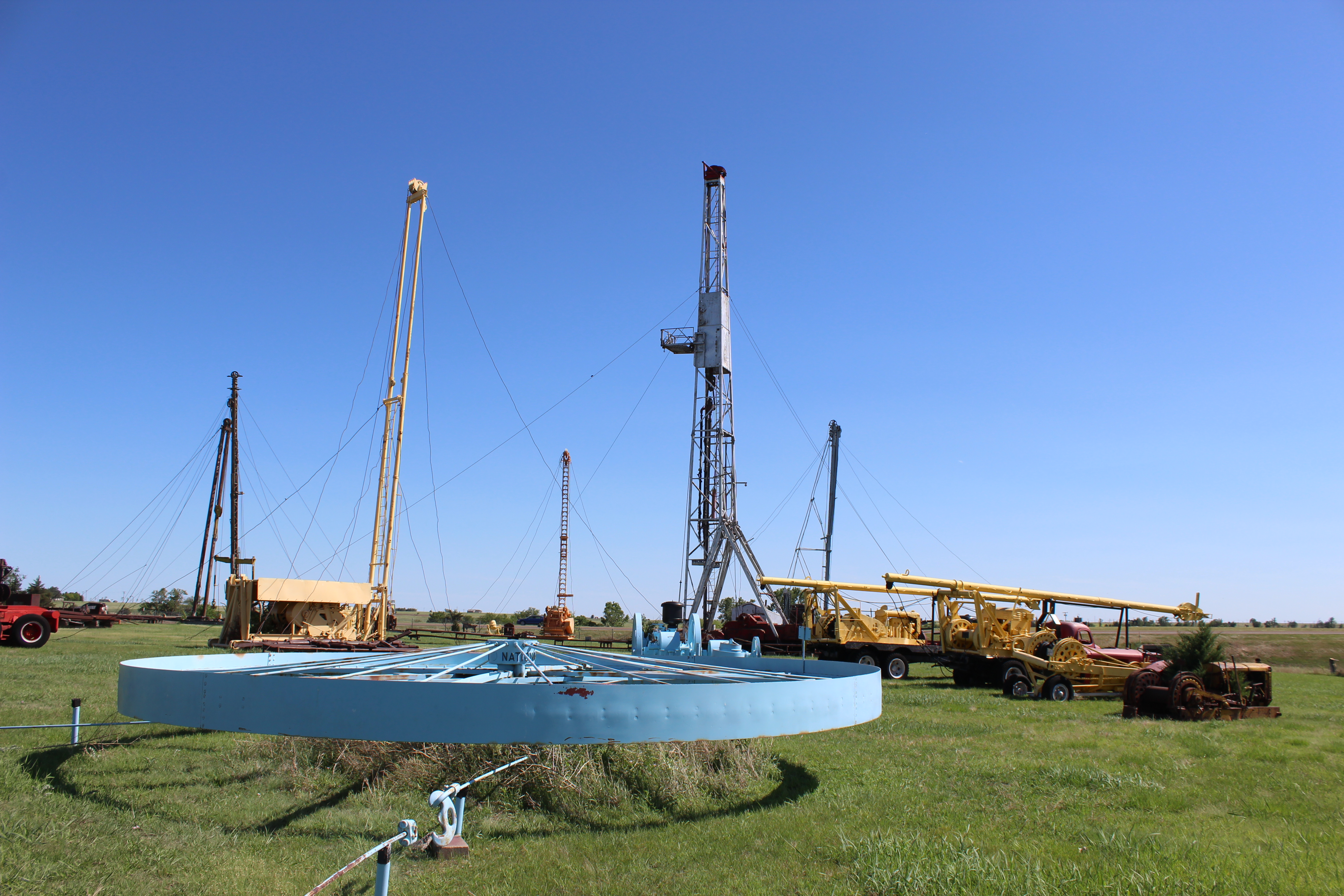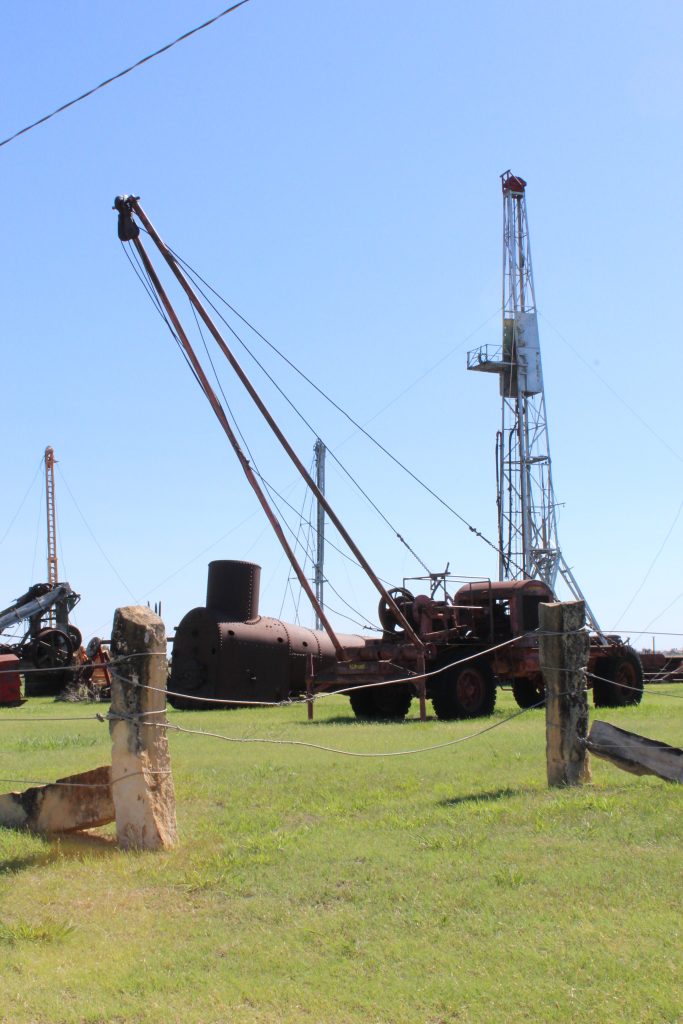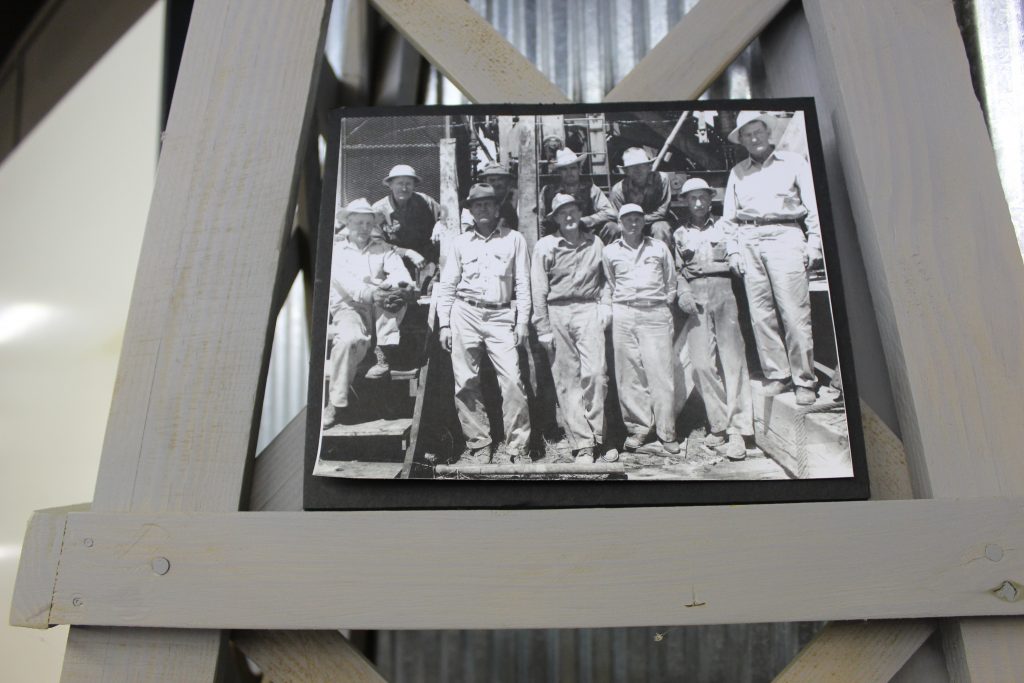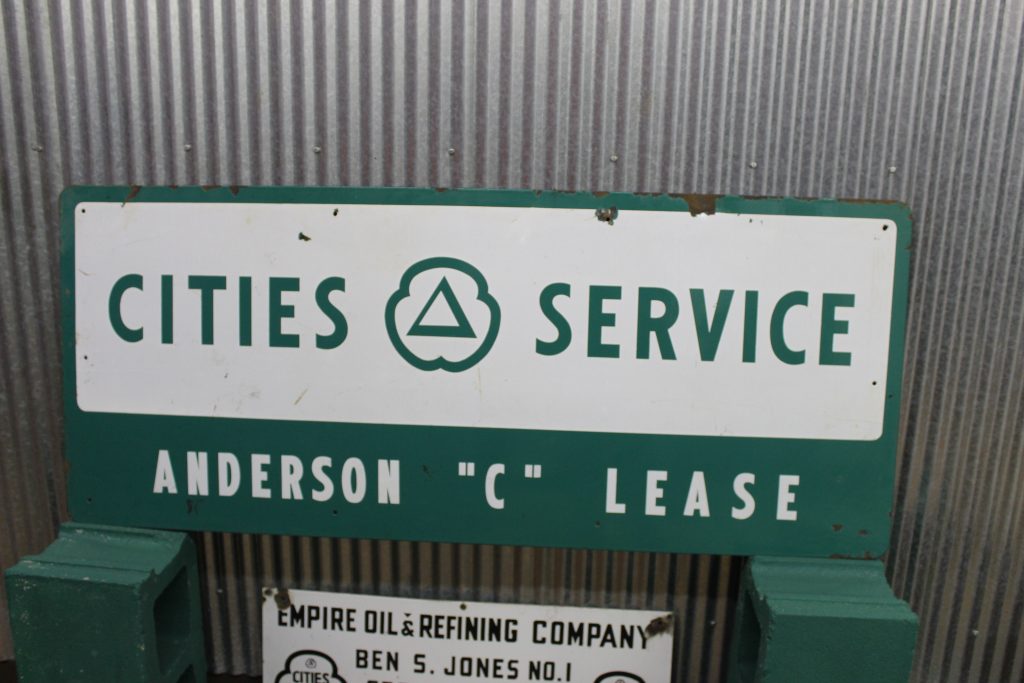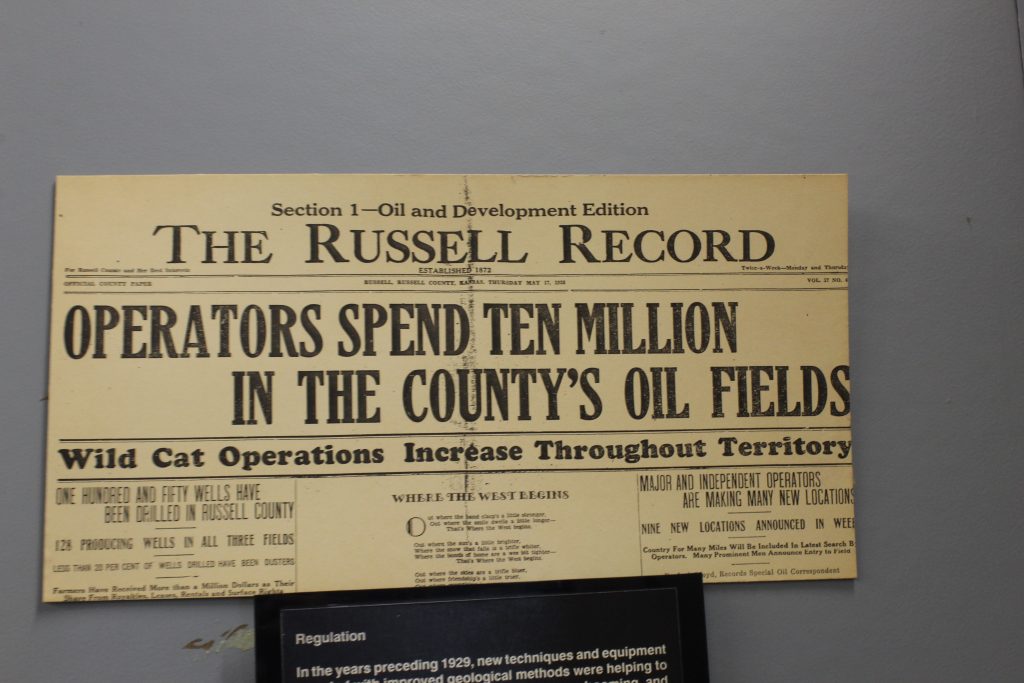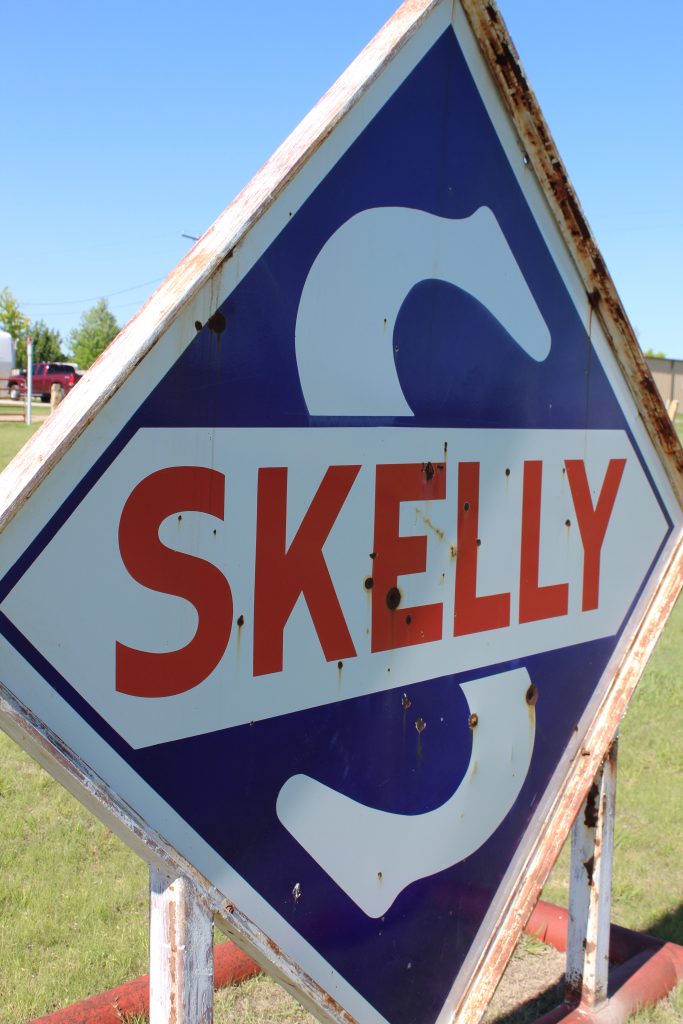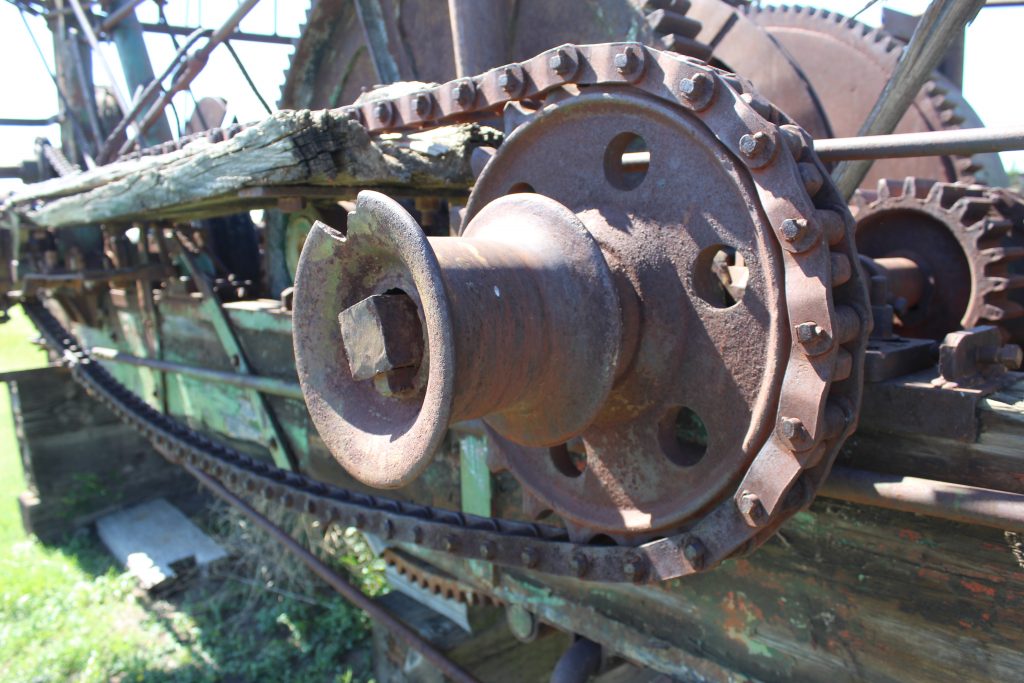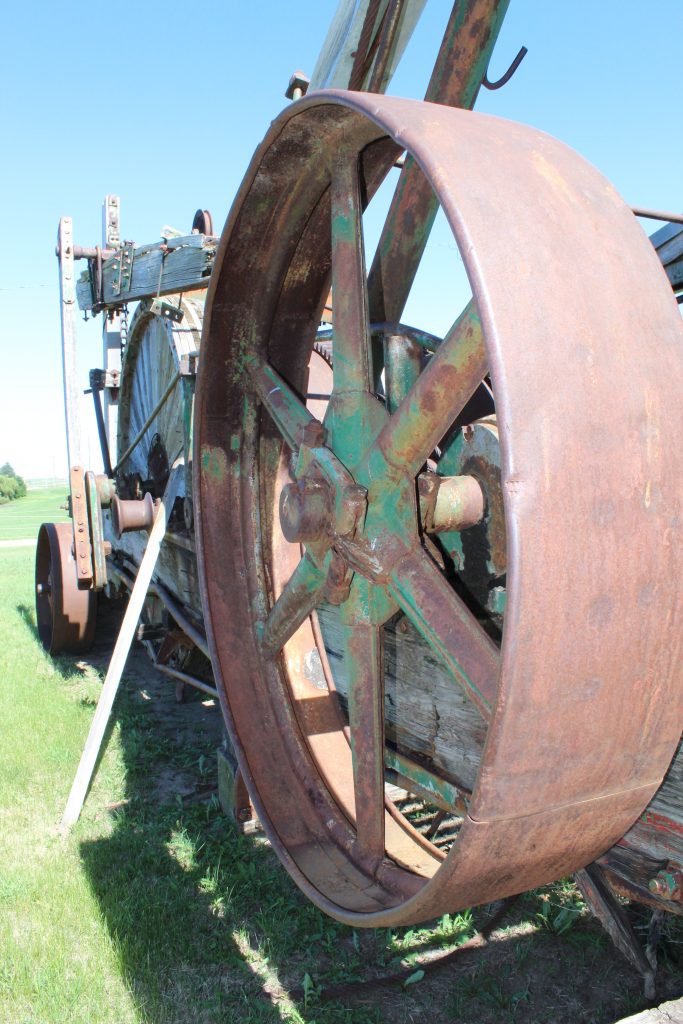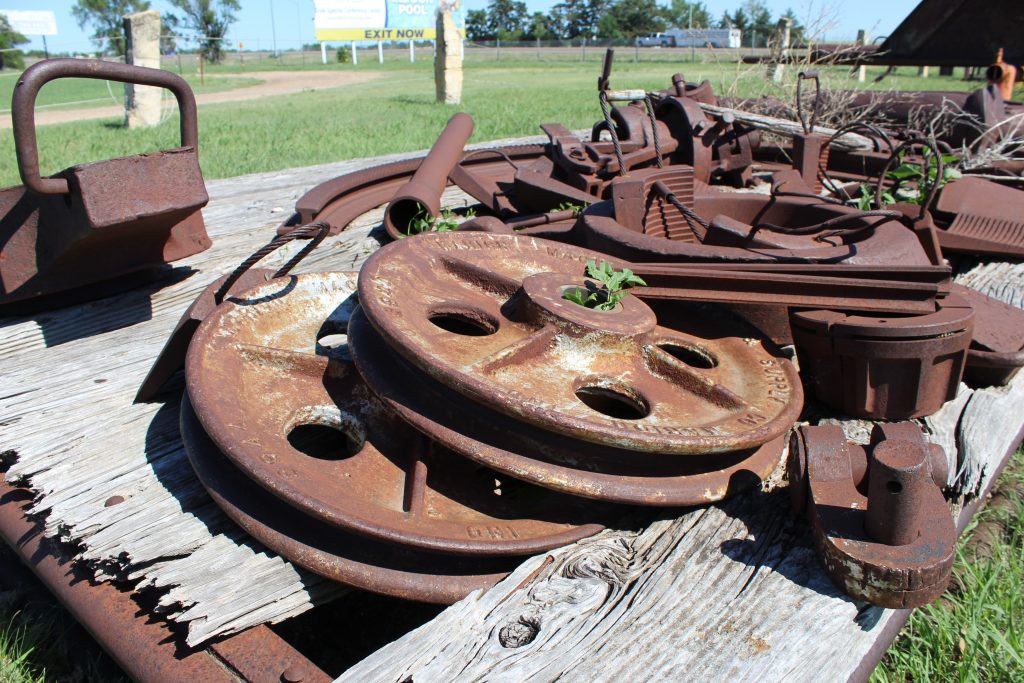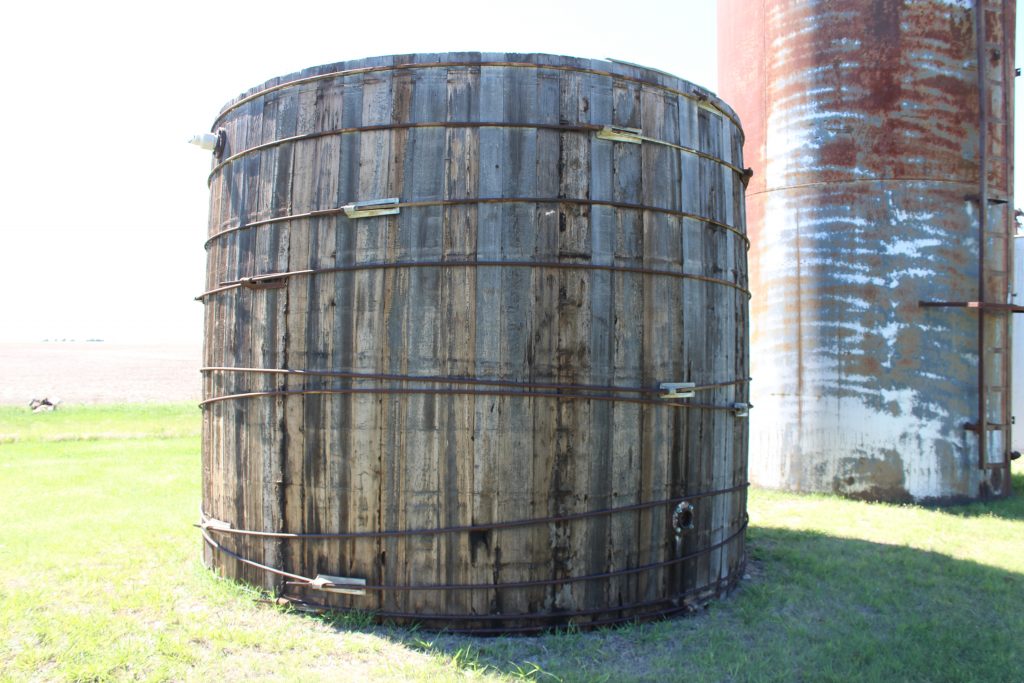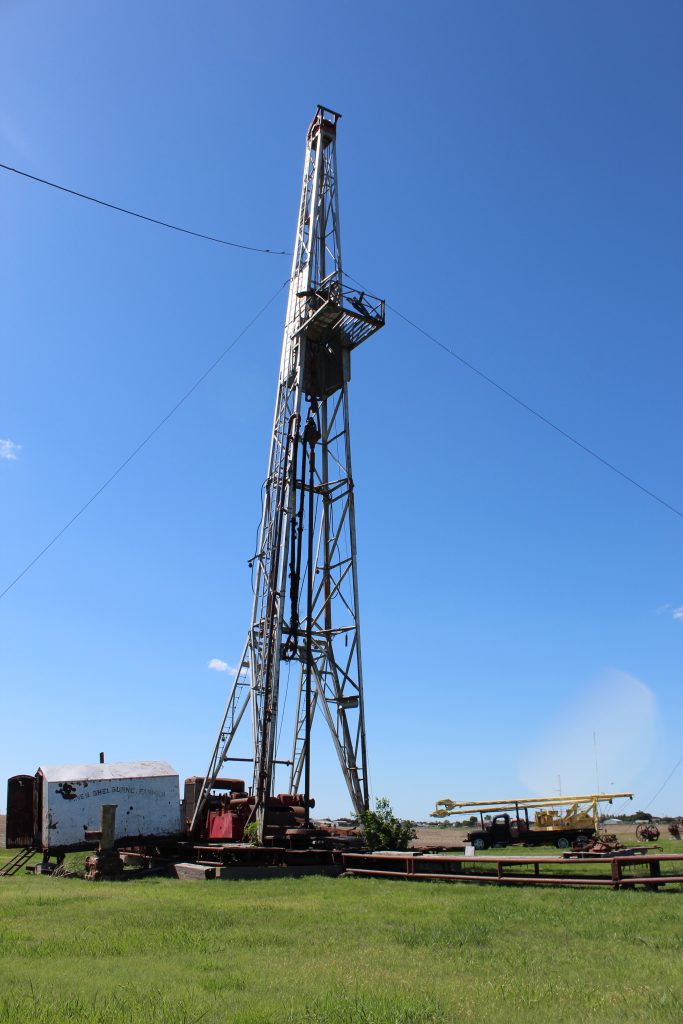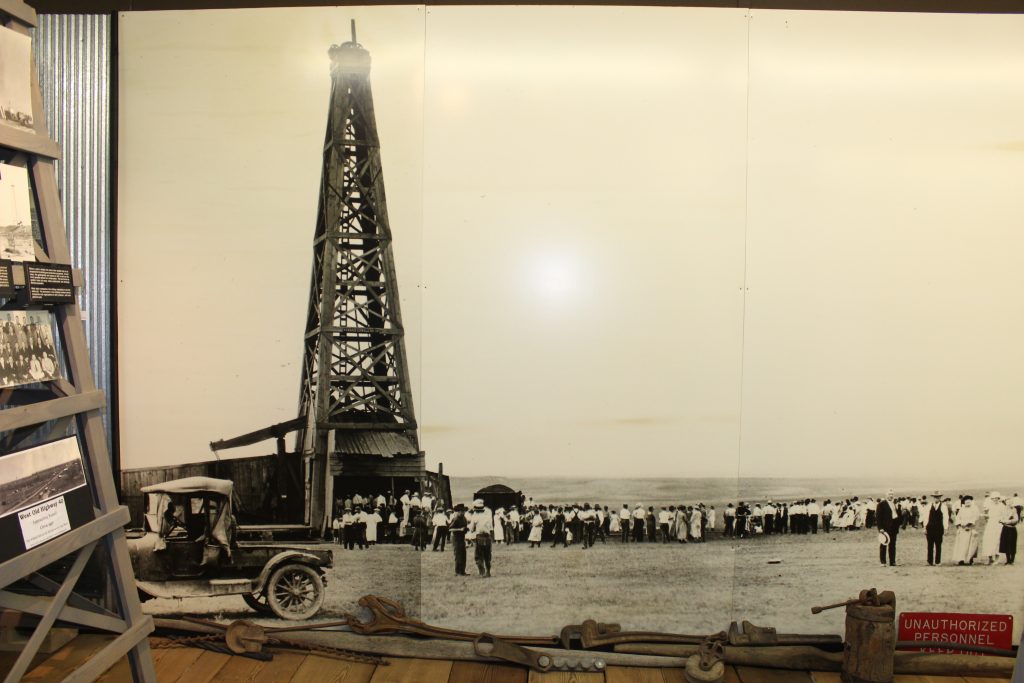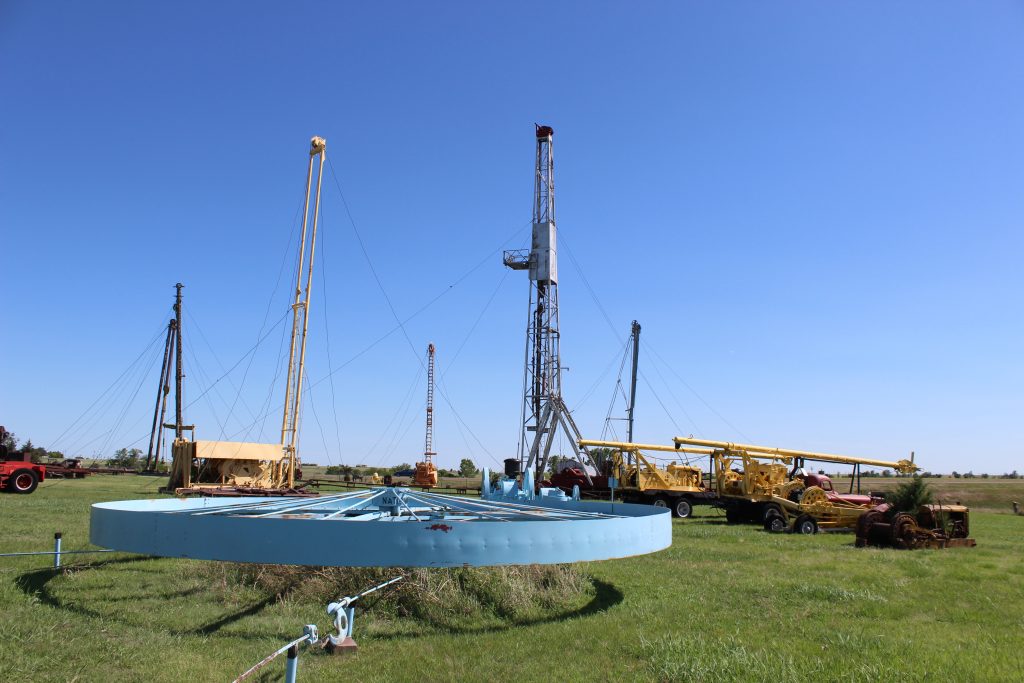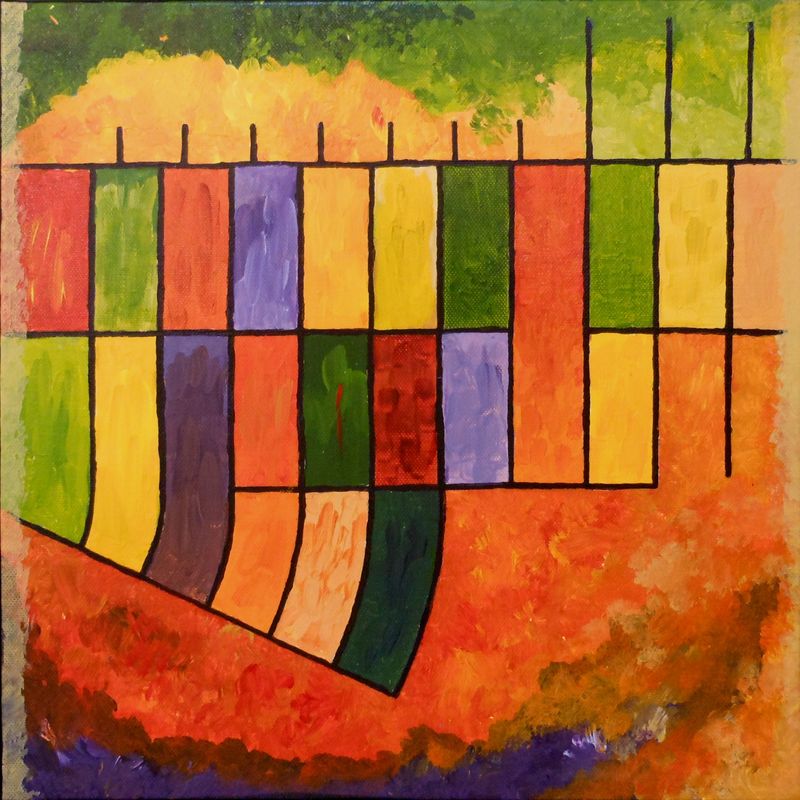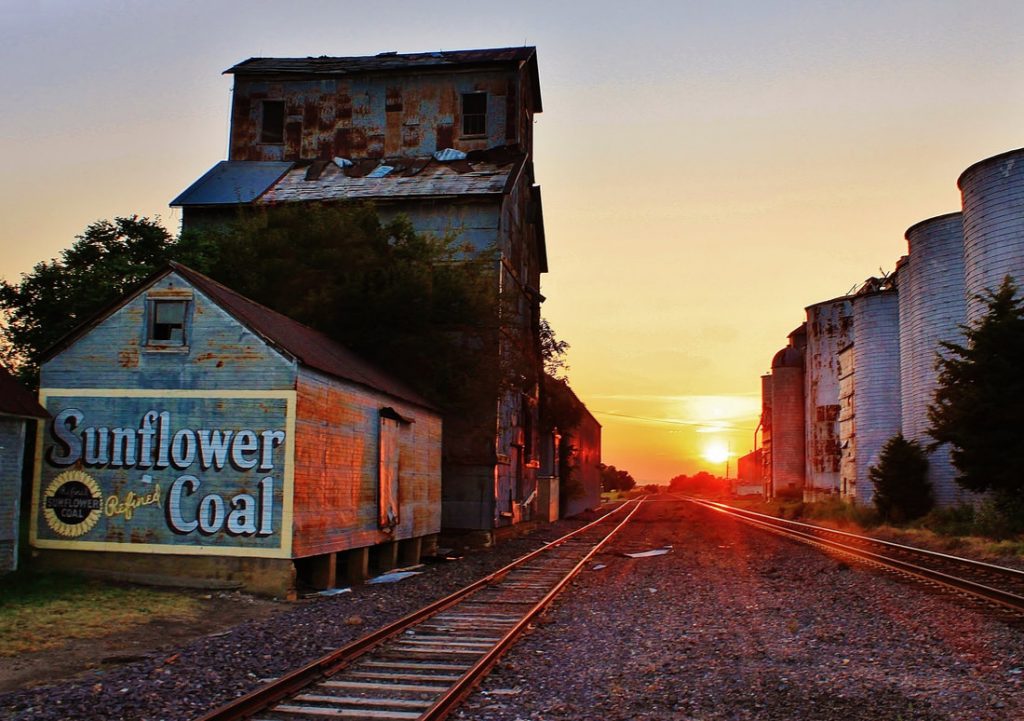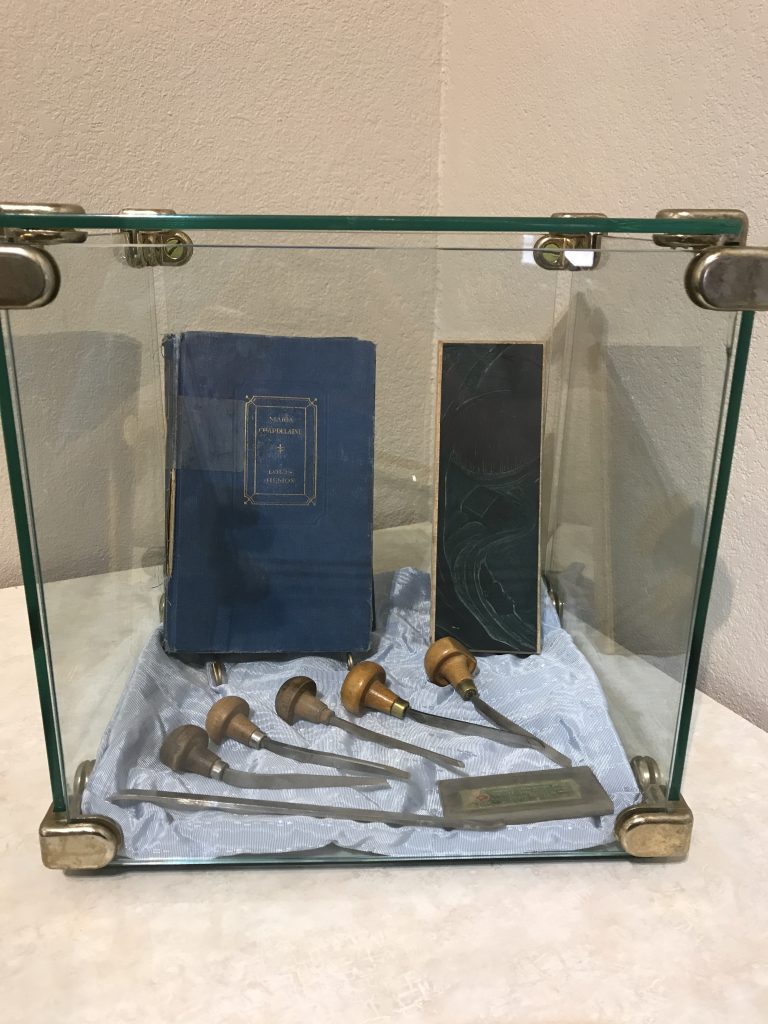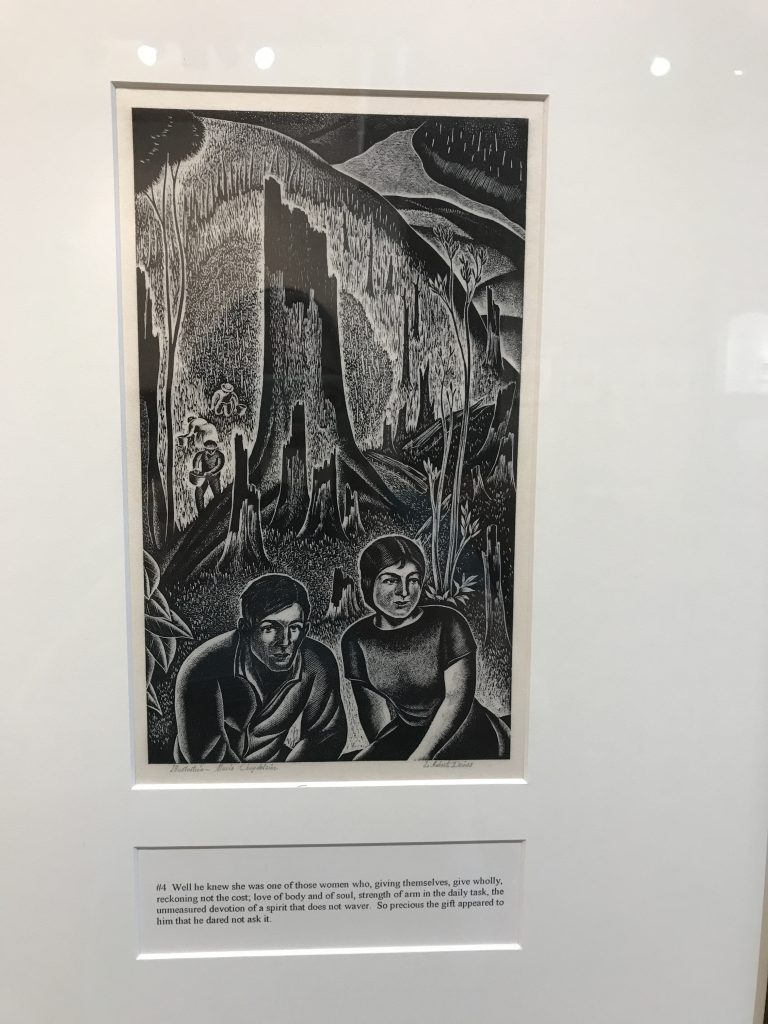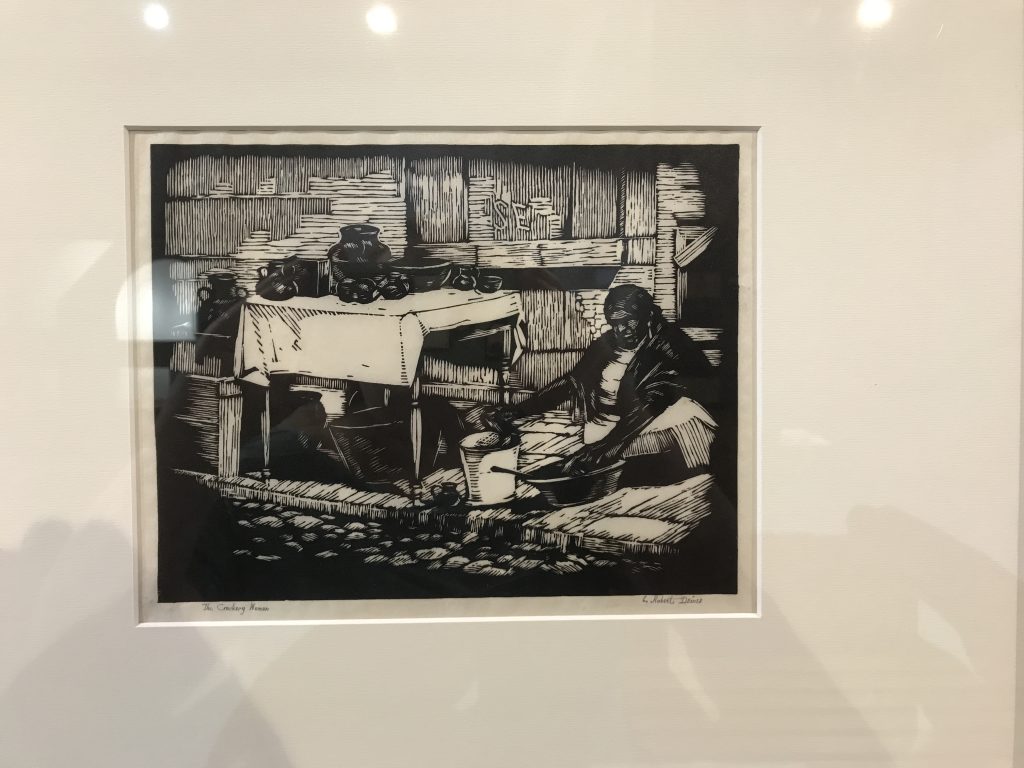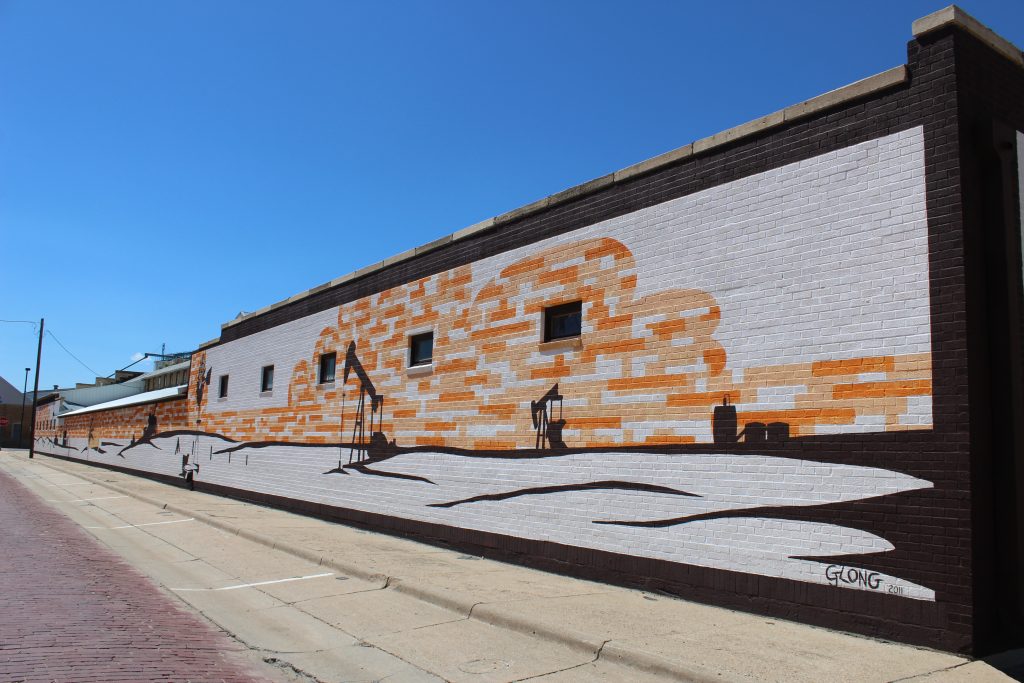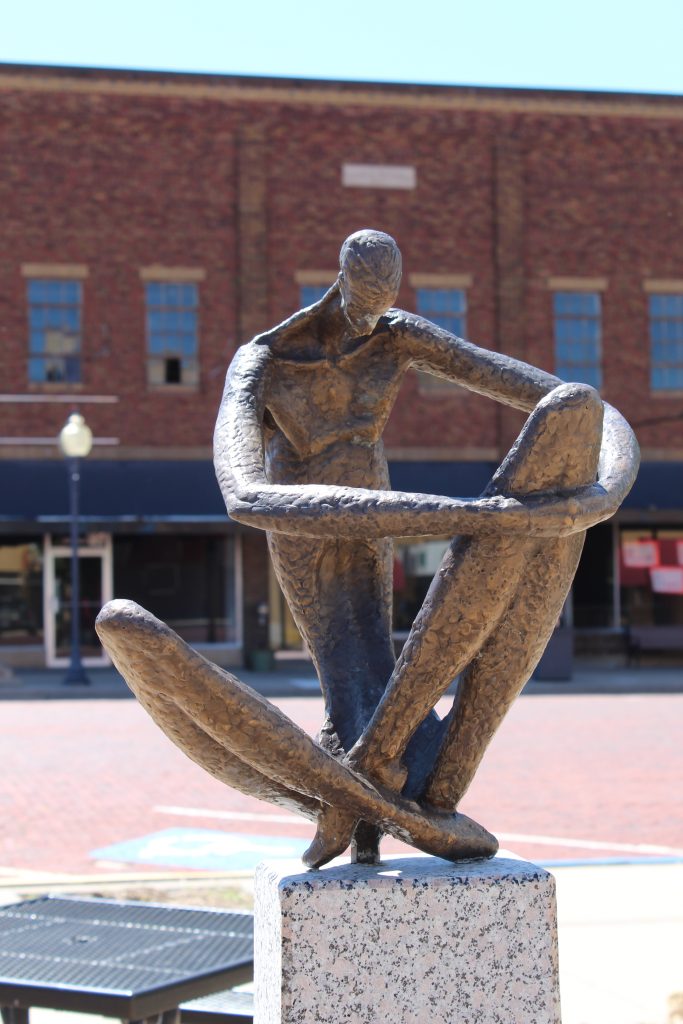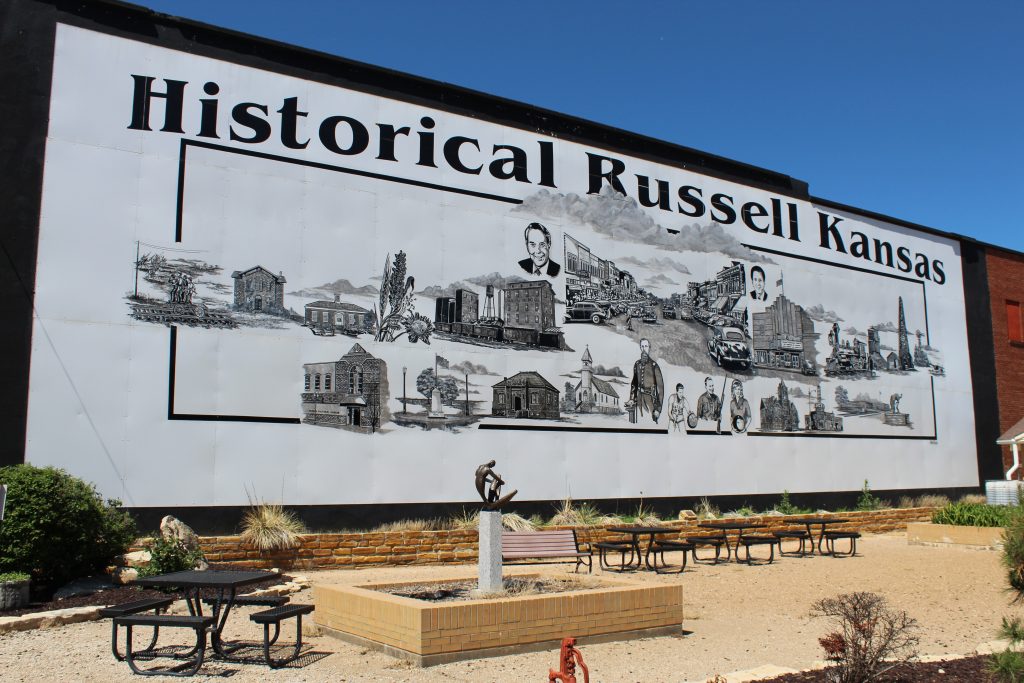Made possible by: Dock’s Boat & RV, Fossil Creek Hotel & Suites, Myers Furniture, Jake’s Sales and Service, Waudby’s Sports Bar & Grill, and Russell Main Street.
By CRISTINA JANNEY
Hays Post
On the Map: Russell, Kansas Distance: 30 miles east of Hays on Interstate 70 Drive time: 34 minutes
I have lived in Kansas all my life and traveled many of its back roads and to its forgotten burgs.
However, a year ago I pulled up stakes from my hometown of El Dorado, Kansas, and moved to Hays to begin a new job working for Hays Post and Eagle Communications.
Now that I live in northwest Kansas, I feel I have a whole new geography and palette of Midwestern cultures to explore. I have set a goal to travel to all 105 counties in the state, so I am using this move as an opportunity to mark off as many of the locales in this corner of Kansas I can.
My first day trip was last weekend to Russell. Although I have sped by this city many times on I-70, I had never really stopped to explore the community.
Russell is by no means a large community, but it has a lot of history to boast about.
I will start in reverse with my last stop on the trip, which was the Oil Patch Museum.
I have a special affinity for oil history because it is inexorably entwined with my own family tree. My grandfather Roy Janney came from southeast Kansas to work in the oil fields of Butler County, Kansas, and eventually was the head electrician for Cities Service. I was tickled when I saw an old Cities Service sign hanging in the Russell museum.
Ag and oil continue to be king in both the Russell and Ellis county economies. There are two things I think are really vital to a Kansas child’s education. That is knowing their food does not come from a grocery store, and the fuel for their car doesn’t come from a gas pump. The Oil Patch Museum tells the story of the latter.

Oil was first struck in Russell County in November 1923 at The Carrie Oswald No. 1 near what is now the unincorporated town of Fairport. The well was named for the land owner’s wife. Ed Oswald was about to go bankrupt and the strike saved his farm and house from foreclosure.
Even though I was in a different part of the state, many of the exhibits and pieces of machinery clicked with stories my grandpa and dad had told me about the oil fields.
A large horizontally mounted wheel called a bull wheel is on display at the Oil Patch. Coming out from the wheel are pipes or rod lines that attached to pump jacks. These wheels were connected to engines by huge belts, and they ran multiple pump jacks. Pump jacks remind me of metal horses that bob up and down and pump the oil to the surface.
My dad said my grandma warned him to not get tripped up in the pipes as he played in the oil fields near his home in Oil Hill. Apparently the little boys used to try to ride the pipes for fun.

Rotary rigs, giant rusting towers cast criss-cross shadows on the grassy meadow. My dad worked as a roughneck (name for an oil rig worker) from the time he was 18. He was a derrick hand who worked on the stabbing board, a narrow platform just shy of 30 feet off the ground.
It was his job to catch the pipe used in the drilling as it came flying up the side of the rig. I am afraid of heights, and I shuddered at the thought of him balancing on the tiny platform, slippery with mud. He volunteered for the job because he was paid a few extra cents a day. It is a miracle he survived to bring me into this world.
Descendants of these aging rigs and pump jacks can still be seen dotting the area landscape today. In fact, I saw a rotary rig drilling in a field off I-70 on my way home.
From watching old movies like “Giant” and “Hellfighters” with John Wayne, I thought oil rigs always gushed when they hit oil. I spent one very hot, summer day when I was about 11 waiting for this to happen as I watched a well being drilled on my grandparents’ farm in Greenwood County.
To my disappointment, this is not the case. All I had to show for my patience was a bad sunburn.
Only one gusher was recorded in the Russell oil fields. As I learned at the Oil Patch, 90 percent of the wells in Kansas are strippers. Get your mind out of the gutter, not those kind of strippers. In oil field talk, this is a nearly depleted well whose income barely exceeds the cost of production.
My dad said about 90 percent of the slang he used in the oilfield is not fit to print, but here is some of the cleaner terms, according to the museum.
A wildcat is not an animal or a K-State fan. It is a drilling operation seeking unproved oil possibilities.
To spud is to commence drilling operations.
A Christmas tree is an assemblage of valves and gauges used to control the flow of oil and gas.
A tool pusher is a drilling supervisor.
The runs are the purchases from a producing lease.
Admission to the Oil Patch is through freewill donation.
As with any small town, if you really want to get to its heart, you have to sample its downtown.
My first stop downtown was to grab some lunch at Wauby’s Sports Bar and Grill. The Wauby’s building was built in 1885 and is on the Nation Register of Historic Places. The burgers are run-down-your-face juicy, which mine did.

There wasn’t much traffic downtown on a warm Saturday afternoon, so, with my belly full of burger, I strolled leisurely hitting up a couple local stores and antique shops.
For art lovers, the Deines Cultural Center, which is also downtown, houses wood-engraved prints created by Russell native E. Hubert Deines. Deines worked in the ’30s and ’40s in commercial arts, creating artwork for the Kansas City Star and later national magazines. Admission to the center is free.
In addition to Deines’ work, the Center has on loan from the school district several Birger Sandzén paintings. Sandzén lived in Lindsborg, Kansas, and the Birger Sandzén Memorial Gallery in Lindsborg is dedicated to his work. The Sandzén paintings at the Deines were saved from obscurity, having been pelted by students with butter and one left in a broom closet.
Coming June 22 to the Deines is the “Reflections on Water and My Places,” paintings by Steve Read and “Post Rock Country” photographs by Greg Rud.
Just off of Main Street at 331 N. Kansas is the Fossil Station Museum, which is also on the National Register of Historic Places. The castle-like limestone building was constructed in 1907 to serve as the sheriff’s home and jail. Admission is free.

The museum includes a tribute to Russell native son, Bob Dole, who served in Congress from 1968 to 1996. He won the Republican nomination for president in 1996 and lost to incumbent Bill Clinton. I have met Bob Dole a number of times throughout my journalism career. I didn’t always agree with his politics, but I have always respected the man. He did much for the state of Kansas and his country, and I would say he is a different breed of politician than we see in office today.
A note to the weird and wacky, the museum has a gallon jar of human teeth as part of its “The Tooth Story” exhibit on an early Russell dentist. The man saved every tooth he pulled. I am sorry I don’t have a picture. I was a bit grossed out by the sight, even though I was warned by a volunteer they were there, and scurried out of the room.
Being in post rock country, limestone was a common early building material. Just down the street you can view the Heym-Oliver House, which was built in 1879, and the Gernon House, also on the National Register of Historic Places. It was built in 1872 and is the oldest house in Russell.
Downtown also offers several examples of public art, including a black and white mural at Eighth and Main streets by Rick Rupp that tells the story of Russell. The Russell Post Office, 135 W. Sixth, also on the National Register of Historic Places features yet another mural “Wheat Workers” by Martyl Schweig.
I didn’t make it over to the Dream Theater to see a show, but I am excited to go back.
The original theater was built in 1923, but was destroyed by fire. It was rebuilt in the Art Deco style in 1949. The theater was built by the Boller brothers of Kansas City, Missouri, and is one nine theaters in Kansas on the National Register of Historic Places. A local committee raised money to reopen the theater after it was closed by B & B Theatres in 2000.
In addition to current-run movies, the theater has summer and classic movie series.
The “Grapes of Wrath” starring Henry Fonda is coming in August and to “To Kill a Mockingbird” with Gregory Peck is showing in September. I have seen both classics on the small screen, but it is not the same as seeing them as they were intended on the big screen with the scent of butter-drenched popcorn in the air and a giant soda in your lap.
If live theater is more your speed, the Russel Community Theater is presenting “The Nerd,” June 26-30.
See related story: Russell Community Theater presents ‘The Nerd’
This weekend I am headed to my former home-base of Salina. Look for that story June 23.
See you on the road!
Below you will find some more helpful links in planning your trip.
Kansas Vendors invited to participate in Russell’s Downtown Market
Russell County Economic Development and Convention and Visitor’s Bureau
